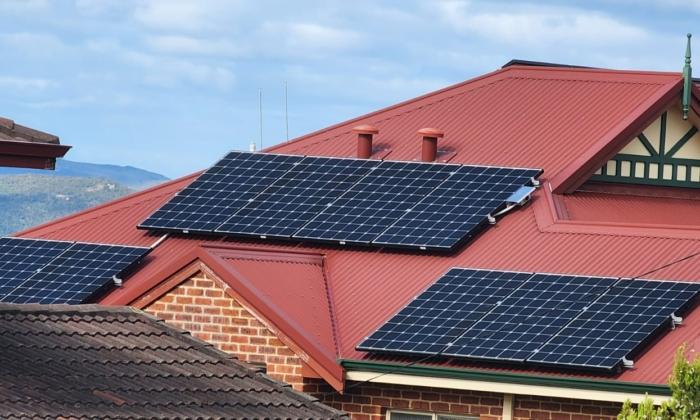The Australian government will provide taxpayer funding for a “smart energy trial” involving tens of thousands of customer devices.
Intellihub will receive $9.75 million (US$6.5 million) to launch a “demand flexibility platform” that will target “510 megawatts of aggregated load under control.”
More than 140,000 customer devices will be voluntarily enrolled in the scheme which will initially target the integration of residential hot water systems and solar PV.
With time, batteries, electric vehicle (EV) chargers, and pool pumps will also be incorporated into the system over a two-year time frame.
According to the government, the smart energy platform could save homes hundreds of dollars a year and enable grid infrastructure to be used more efficiently.
The renewable energy agency said Intellihub would be able to leverage a network of “2 million smart meters” across the national electricity market.
Participating consumer resources would be able to be turned on or off to “better manage supply and demand across electricity networks and wholesale markets.”
Electricity retailers will sign up households to the “demand flexibility platform” and use it to “manage their customers energy resources” via a virtual power plant.
Demand flexibility is the ability to control the amount of energy consumption, potentially reducing load on the grid during peak hours.
Assistant Minister Says Devices Can Be Turned On Remotely
Assistant Minister for Climate Change and Energy Jenny McAllister said volunteered devices can be “turned on remotely” to take advantage of abundant daytime solar energy. Alternatively, they could be programmed to reduce demand during peak times, “lowering household energy costs.”“This is another example of the Albanese Government investing in Australian innovation in the energy sector and that could help put downward pressure on energy prices.
Changing How Customer Energy is Monitored and Controlled
ARENA CEO Darren Miller said the project could “change the way customer energy resources (CER) are monitored and controlled.”“The continued growth in CER, including hot water systems, rooftop solar, and battery storage, present the industry with both challenges and opportunities,” Mr. Miller said.
“Without the ability to monitor and control energy flows, these devices can create challenges for the grid, however, when aggregated and controlled, these resources can provide much needed demand flexibility, unlocking benefits for retailers, networks and consumers.”
Further commenting on the scheme, Intellihub CEO Wes Ballantine said, “We now have the smarts to manage the energy these devices consume, so they become a flexible energy resource.”







